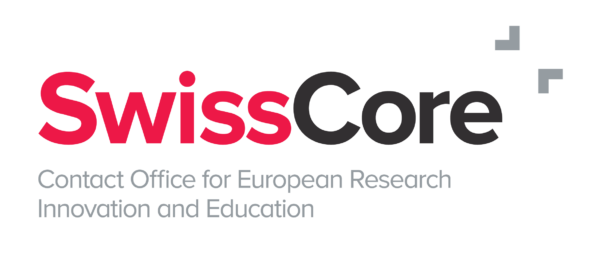German, French and Italian economists call for the European Innovation Council and EU Programmes to focus on high-tech funding to avoid the middle-technology trap.
“Through its missions and governance, Horizon Europe does not meet the innovation challenge and anchors our industry in the mid-tech range. This report argues that current European efforts, while laudable, are insufficient, in both quantity and quality. Important reforms are required to enable Europe to compete in the value-creating space.”
This quote summarises the joint report from the European Policy Analysis Group constituted by the Institute for European Policymaking at Bocconi University (Italy), Toulouse School of Economics (France), and CESifo EconPol Europe (Germany). The European Union (EU) faces significant challenges in the global innovation landscape, particularly in transitioning from a “middle technology trap” dominated by the automotive sector to a more dynamic, high-tech-focused economy. The “middle-tech trap” describes an economy or sector dominated by industries that primarily invest in applying existing technologies rather than developing new ones. These industries, often categorised as mid-tech, focus on incremental improvements and generally have lower research and development (R&D) intensity than high-tech sectors. As a result, regions stuck in this trap may struggle to achieve significant technological breakthroughs or economic growth driven by cutting-edge innovation, causing them to lag behind in global competitiveness and diminishing their geopolitical influence.
A comparison over 20 years of the top three R&D spenders in the EU and the United States (US) genuinely exemplifies this situation: in 2003, Ford, Pfizer and General Motors were leading the R&D spending in the US, versus Mercedes-Benz, Siemens and Volkswagen in the EU; in 2022, Alphabet, Meta, and Microsoft came in first for the US, whereas Volkswagen, Mercedes-Benz, and Bosch (all three in the automotive sectors) remained the top spenders in the EU. With Japan being an important competitor for the EU in the automotive industry, it also means that the EU has much less of a stronghold even in its sector of relative strength, the automotive industry, than the US has in the tech sector.
The report, therefore, highlights that despite substantial public sector investment in R&D (around 0.7% of GDP, similar to the US), the EU industry falls behind due to a lack of engagement in high-tech sectors compared to the US, which boasts twice the private sector R&D investment in proportion to GDP [Business expenditure on R&D (BERD) represents 1.2% of GDP in the EU, versus 2.3% in the US].
The analysis identifies several systemic issues within EU innovation frameworks, particularly with the European Innovation Council (EIC), which is critiqued for its operational inefficiencies and lack of strategic focus on breakthrough innovations. The report advocates for an overhaul akin to the US Advanced Research Projects Agency (ARPA) model, emphasising a shift in resources to support high-risk, high-reward projects far from commercial application. Key proposals include (i) reforming the EIC Governance to enhance the scientific and engineering expertise on the EIC Board and delegate more decision-making power to EIC Programme Managers; (ii) reallocating financial resources from less effective EU programmes to initiatives that support transformative, breakthrough innovations; (iii) adopting an ARPA-style model to support high-risk, high-reward projects far from commercial application instead of mature SMEs with higher Technology Readiness Levels (TRL); (iv) outsourcing current venture capital activities to specialised, external funds to improve efficiency and focus EIC resources on innovation itself.
By aligning more closely with models that foster rapid technological advancements, such as ARPA, the EU could better facilitate groundbreaking research and development, driving growth in high-tech industries and escaping the middle technology trap, according to the report’s recommendation. The EU’s path forward should include not only financial investment but also substantial reforms in governance, strategic direction, and industry engagement to effectively compete on the global stage in the realms of software, AI, and other advanced technologies.

